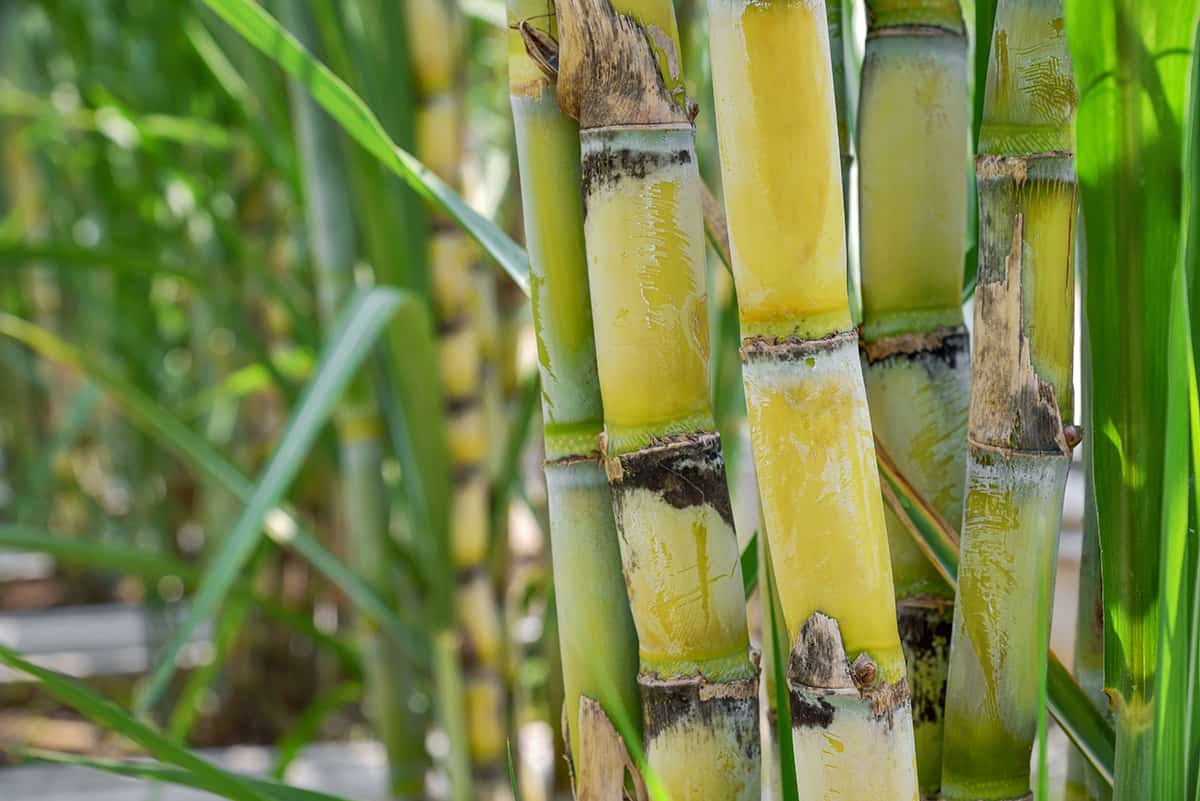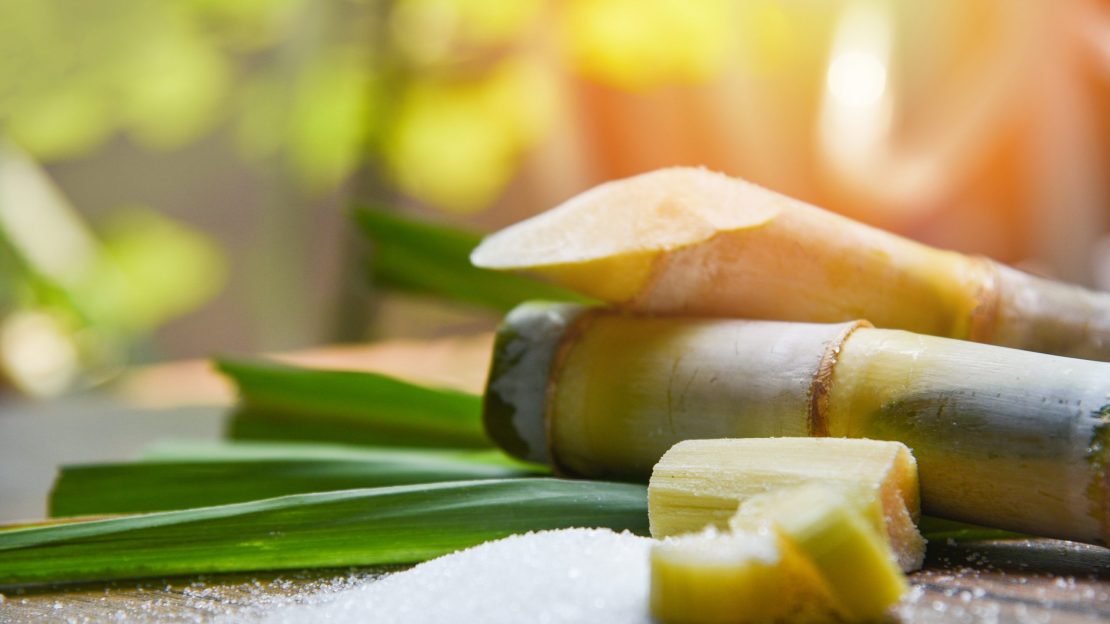The Rich History and Origins of Sugar and Cane Around the World
Making Best Use Of Sugar Manufacturing With Effective Cane Sugar Processing Chemicals
The optimization of sugar production via the critical usage of cane sugar handling chemicals is a crucial location of focus for producers intending to boost return and quality. As the field advances, what cutting-edge practices and emerging patterns will form the future of sugar handling?
Importance of Handling Chemicals
Processing chemicals play a crucial role in the production of walking cane sugar, enhancing both efficiency and quality throughout the production process. These chemicals are utilized at different phases, including information, filtration, and removal, to maximize the yield and pureness of the end product - sugar and cane. By helping with the malfunction of plant cell walls, refining chemicals make certain an extra effective extraction of sucrose from sugarcane, thus boosting overall production efficiency
Furthermore, the use of handling chemicals aids in the elimination of pollutants such as dirt, waxes, and non-sugars that can detrimentally affect the high quality of the sugar. This results in a much more polished and crystal-clear item, which is crucial for satisfying sector criteria and customer assumptions. Furthermore, these chemicals can assist stabilize the sugar throughout storage, avoiding degradation and preserving its high quality with time.
The strategic application of handling chemicals additionally contributes to ecological sustainability by minimizing waste and enhancing source effectiveness. By maximizing extraction rates and reducing contaminations, suppliers can achieve higher success while sticking to ecological policies. Generally, the significance of processing chemicals in walking cane sugar manufacturing can not be understated, as they are essential for achieving optimum lead to both return and high quality.
Sorts Of Walking Stick Sugar Handling Chemicals
A variety of chemicals are employed in the handling of walking cane sugar, each serving particular features to enhance production performance and product quality. Among one of the most usual kinds are clarifying agents, that include lime and phosphoric acid. These chemicals assist eliminate impurities and help with the information of juice throughout the removal procedure.
Another vital group contains flocculants and coagulants, such as polyacrylamide and gelatin, which assist in the pile of suspended particles, thus improving the filtration of sugar juices. In addition, sulfur dioxide is regularly used as a bleaching representative, helping in the removal of colorants while preserving the wanted taste profile.
Acids, like acetic and citric acid, are essential for pH adjustment, advertising optimal problems for chemical responses and improving overall sugar recovery. Antifoaming representatives, such as polydimethylsiloxane, are used to mitigate foam development during boiling procedures, ensuring smooth operations.

Advantages of Effective Chemical Usage
Making use of chemicals effectively in walking stick sugar handling yields substantial advantages that improve both production performance and item quality. The appropriate usage of handling chemicals can lead to improved removal prices, enabling manufacturers to optimize the yield from raw walking stick sugar. Enhanced extraction not only decreases waste yet also maximizes resource use, contributing to set you back savings.
In addition, effective chemical application aids in the clarification and purification stages, resulting in a higher-quality end product. This is critical for meeting consumer expectations and governing standards, as pollutants can affect taste, shade, and total bankability. The use of certain flocculants and clarifying representatives can speed up the elimination of pollutants, ensuring a more clear syrup and, inevitably, granulated sugar.
Additionally, the right chemicals can enhance the security of the sugar during storage and transport, reducing the threat of wasting and preserving high quality. This security is crucial for maintaining product integrity in an open market. In general, the strategic application of handling chemicals not only enhances operations however also boosts the end product, guaranteeing that manufacturers can deliver high-grade walking stick sugar effectively and sustainably.
:max_bytes(150000):strip_icc()/ms-sugar-getty-cfed0662acca49f7b6e52c593767dfb9.jpg)
Finest Practices for Application
Implementing ideal techniques for the application of chemicals in cane sugar handling can dramatically maximize outcomes and boost total performance. It is important to conduct a comprehensive analysis of the sugarcane high quality and the particular processing requirements to determine the ideal chemical solutions. This customized approach ensures that chemicals are utilized properly and minimizes waste.
Proper dosage is an additional important factor; adherence to supplier guidelines is vital in achieving wanted end results without over-application, which can cause negative environmental effects and raised costs. Routine calibration of application devices is essential to make sure accurate distribution and consistent coverage of chemicals.
Furthermore, timing of application plays a vital duty. sugar and cane. Chemicals must be applied at ideal stages of the processing cycle, such as throughout extraction or explanation, to maximize their performance. Checking the processing conditions, including site temperature level and pH levels, can further improve chemical efficiency
Finally, training personnel on security methods and operational treatments is vital. By fostering a society of safety and security and compliance, centers can reduce dangers associated with chemical handling while making certain ideal chemical application for better sugar return and top quality.
Future Trends in Sugar Processing
As the walking stick sugar sector evolves, several future trends are positioned to improve processing techniques and enhance sustainability. One considerable fad is the boosting fostering of automation and electronic technologies, which improve operations and enhance effectiveness. Advanced analytics and artificial intelligence formulas can maximize handling parameters, resulting in decreased waste and higher sugar yields.
Furthermore, the combination of renewable resource resources right into sugar processing centers gets on the surge. Making use of biomass energy from sugarcane byproducts not only minimizes the carbon footprint yet additionally decreases operational costs. This shift aligns with global sustainability objectives and enhances the sector's durability versus varying power costs.

In addition, the solution of greener handling chemicals is getting traction. Manufacturers are establishing eco-friendly and safe choices that preserve effectiveness while decreasing environmental impact - sugar and cane. This fad not only addresses regulative pressures but likewise satisfies consumer needs for lasting practices
Conclusion
The efficient application of walking cane sugar processing chemicals is integral to making the most of sugar production. By using making clear flocculants, enzymes, and representatives, producers can dramatically enhance extraction rates and boost juice clarity, eventually leading to higher yields and exceptional item quality. Sticking to finest practices in chemical use not only promotes sustainability read the article and minimizes waste however likewise positions producers to meet evolving sector criteria. Continuous innovation and adaptation in handling techniques will be necessary for future advancements in sugar production.
